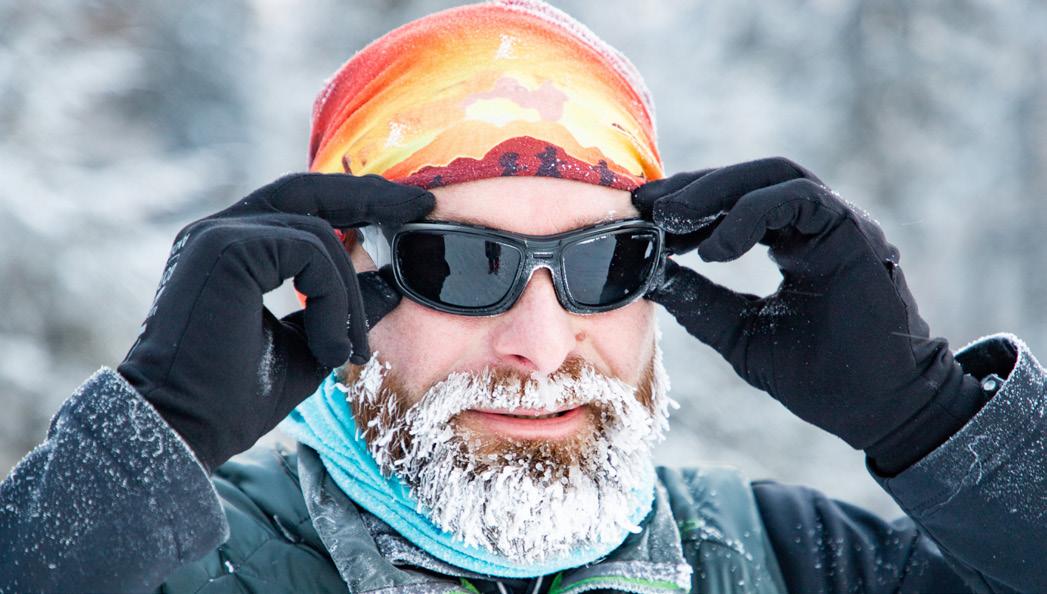
3 minute read
COLD WEATHER SAFETY TIPS
Greg Plumley – Director of Loss Control
Logging operations in the Southeastern United States during the winter vary greatly depending on the region where you operate. Whether you're in the sandhills of South Carolina or the Mountains of Tennessee, the severity of the weather can swing without notice. This year has had some cold temperatures, and we want to be sure we are all prepared.
Forestry Mutual, as always, has industry safety in mind when we send out reminders and precautions for hazards that occur during the winter months when working outdoors as loggers. In cold weather, your saws, trees, and bodies react differently. By taking simple precautions, everyone can go home safely at the end of each day.
YOUR BODY:
It's not rocket science, and it makes sense to dress differently in cold weather, we all know this, but we remind you that layering is a suitable method. In the chilly mornings and after your body warms up, you may need to shed a layer, but keep that layer of clothing close. If you stop working to chat with a coworker or forester, you may need extra clothes to maintain your core body temperature.
• Having the right gear will make all the difference in keeping you warm.
• Wear gloves with liners.
• Start slowly or do some light exercise in the morning to get your body warm and blood flowing.
• If you get too cold, start a fire (if landowners allow it) or go to the truck and warm up.
• Don't rush!
• If working in the mountains, as you move to set chokers or walk around the landing, do it with caution.
• Be deliberate in where and how you step because the snow can mask hazards, and ice can create slip and trip hazards.
DEHYDRATION:
Dehydration in the winter is a severe health hazard. Many do not realize dehydrating is very easy because you don't feel as thirsty as in the summer months. Carry water with you and often drink, even if you are not sweating. Water escapes your body through your breathing/respiration in cold and dry conditions.

GEAR:
• No jacket or sweatshirt with hoods - wear a stocking cap or beanie
• Thicker gloves or liners
• Extra socks
• Long johns or wool
• Extra set of clothes
• Rain gear
DRIVING:
Last but not least, winter brings many challenges to driving on log roads and highways. Please, refrain from pushing the limits of yourself, your equipment, and the environment. If the weather looks too bad, stay home.
Below are some winter driving tips that apply to the Forestry Mutual 10-Point Safety Checklist.
• Keep your vehicle in good working condition. Conduct your daily pre-trip and post-trip inspections and report issues to your supervisor.
• Scrape the snow and ice off your headlights, and always travel with headlights on.
• Ensure the vehicle is full of fuel before heading out to the woods.
• Slow down and take your time.
• Accelerate and stop slower.
• Maintain more room between you and the vehicle ahead.
• Black Ice: Slow down when approaching bridges, shady areas, intersections, and off-ramps.
• Keep an ice scraper, shovel, tow strap, and jumper cables in the vehicle.
• Keep extra clothes, food, and water in the vehicle.
• Drive for the current road conditions.
• Do not push your driving abilities.










